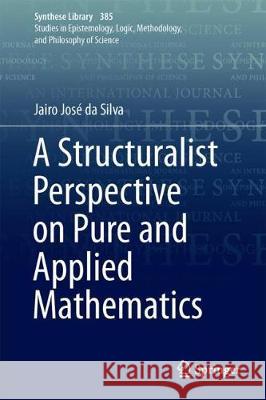Mathematics and Its Applications: A Transcendental-Idealist Perspective » książka
topmenu
Mathematics and Its Applications: A Transcendental-Idealist Perspective
ISBN-13: 9783319630724 / Angielski / Twarda / 2017 / 275 str.
Mathematics and Its Applications: A Transcendental-Idealist Perspective
ISBN-13: 9783319630724 / Angielski / Twarda / 2017 / 275 str.
cena 363,12 zł
(netto: 345,83 VAT: 5%)
Najniższa cena z 30 dni: 346,96 zł
(netto: 345,83 VAT: 5%)
Najniższa cena z 30 dni: 346,96 zł
Termin realizacji zamówienia:
ok. 22 dni roboczych
Bez gwarancji dostawy przed świętami
ok. 22 dni roboczych
Bez gwarancji dostawy przed świętami
Darmowa dostawa!
Kategorie BISAC:
Wydawca:
Springer
Seria wydawnicza:
Język:
Angielski
ISBN-13:
9783319630724
Rok wydania:
2017
Wydanie:
2017
Numer serii:
000560157
Ilość stron:
275
Waga:
0.57 kg
Wymiary:
23.39 x 15.6 x 1.75
Oprawa:
Twarda
Wolumenów:
01
Dodatkowe informacje:
Wydanie ilustrowane











